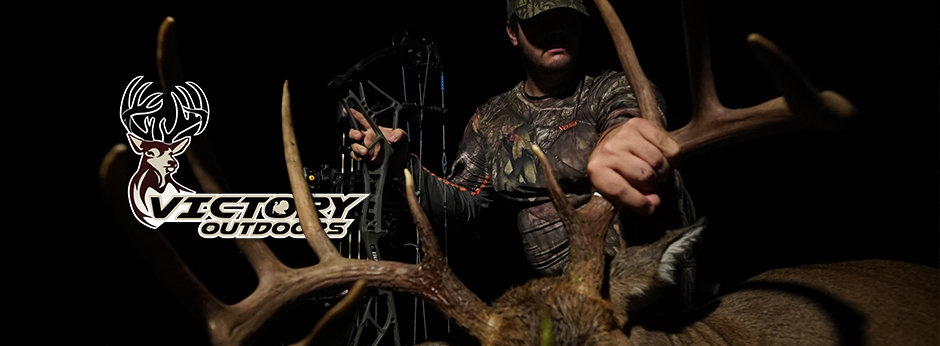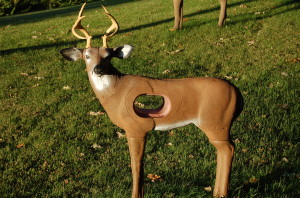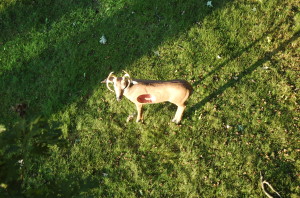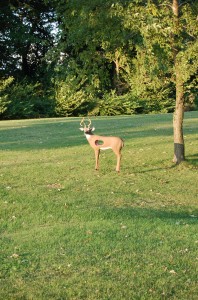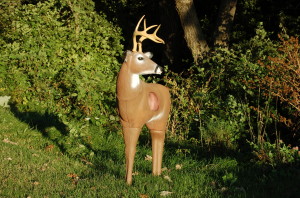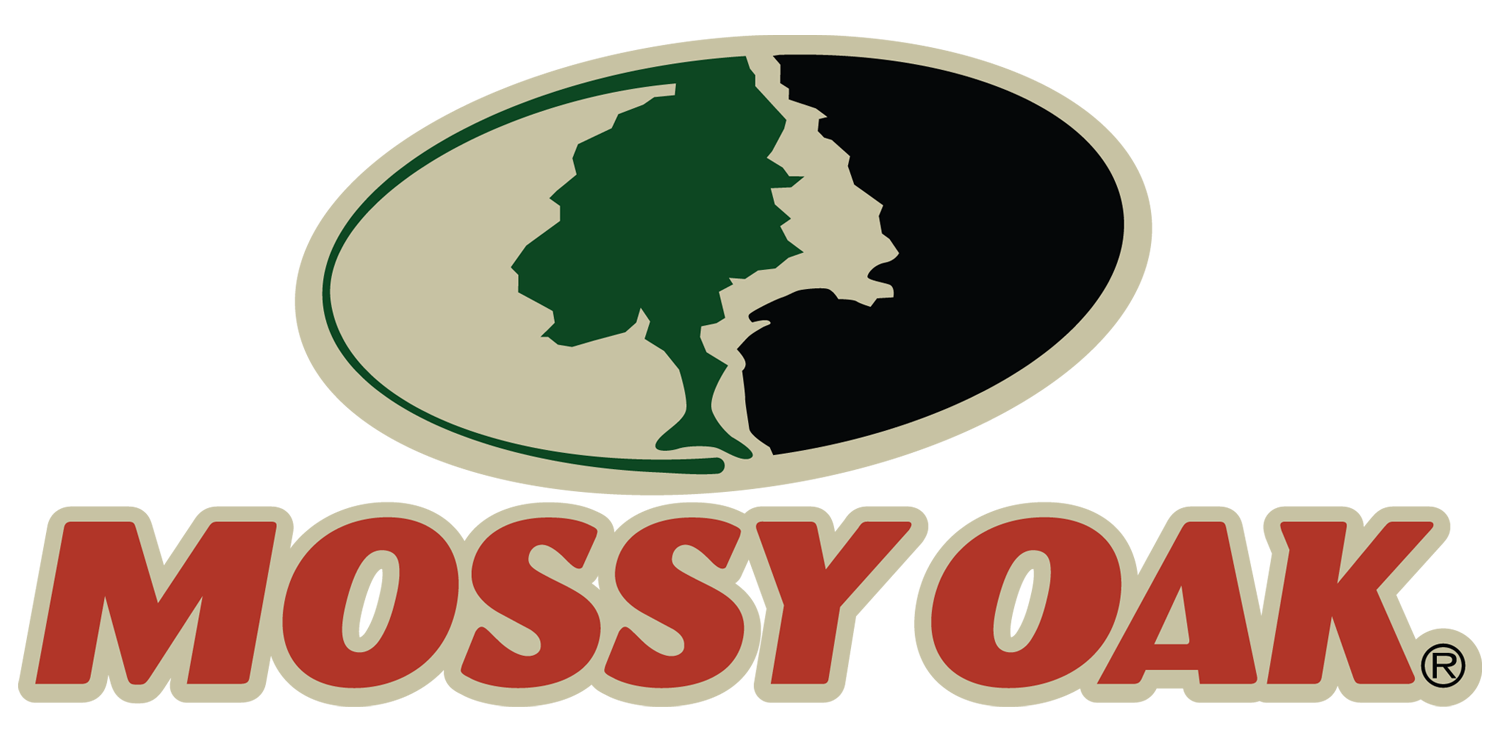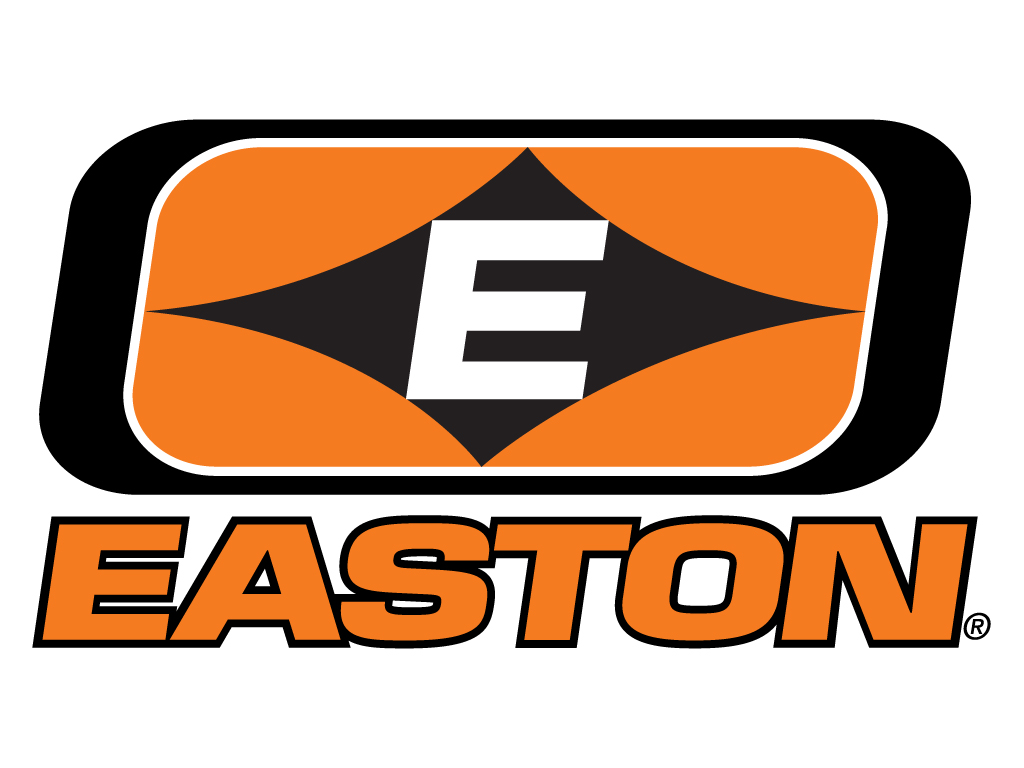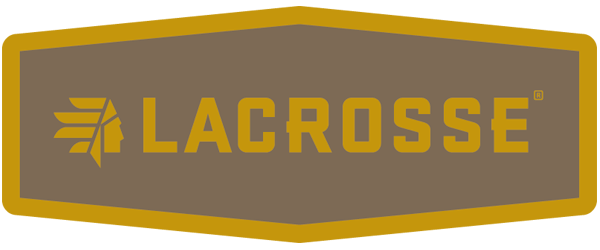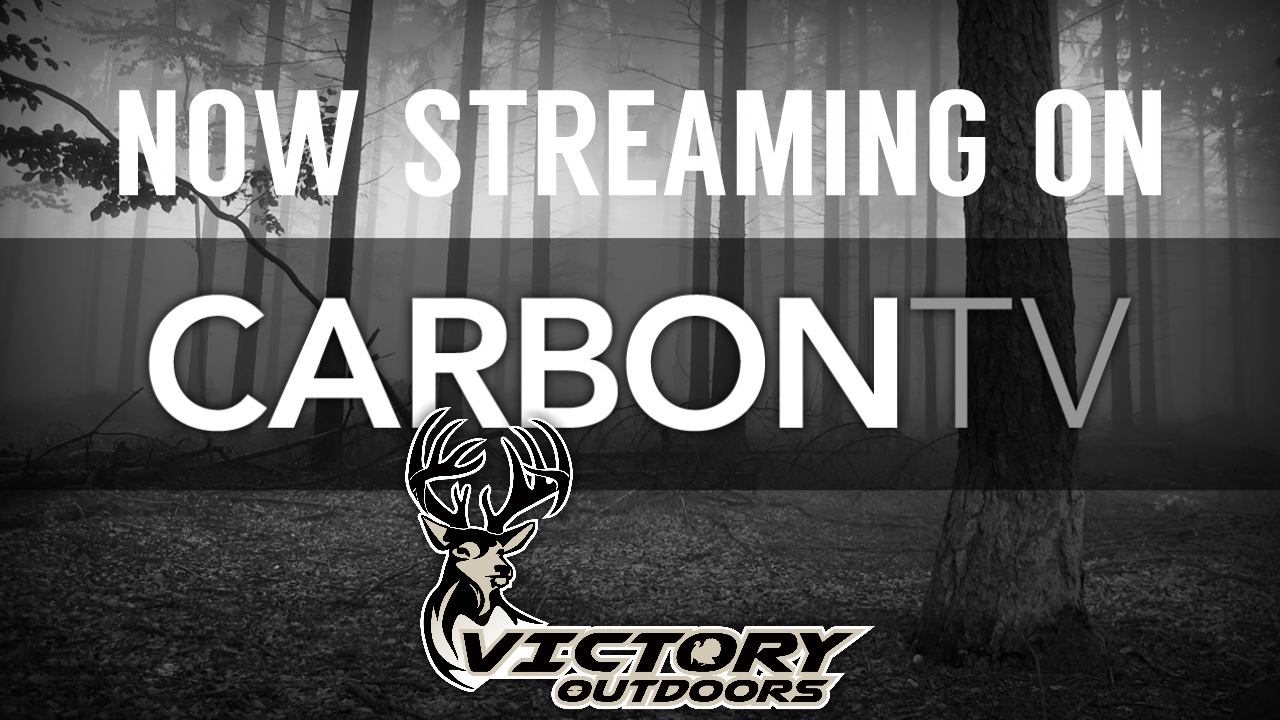I have been very fortunate over the years to have met some of the greatest hunters our sport will ever know, and I have had the opportunity to talk with many of them and ask one basic question; “what is the biggest reason people miss, or more importantly why do people hit deer and never find them”. The answer is almost always the same-people don’t aim when they are shooting at the animal, or they take shots that won’t kill a deer.
When you hunt with a gun; rifle, shotgun or muzzleloader, the impact or “shock” of the bullet is very traumatic on a deer; in some cases the shock alone will harvest the animal. When you are hunting deer with a bow you’re looking at hemorrhaging or loss of blood to make a kill. That blood loss must be very substantial to cause mortality. Where you place that arrow-shot placement; is everything if you hope to harvest any animal.
There are three major organs in deer that will cause death due to blood loss in a timely fashion; heart, lungs and liver. Other areas of key importance are the kidneys, spine, windpipe/jugular vein and femoral artery. These areas may cause death very quickly but are very small targets that are risky at best and should never be targeted for a lethal harvest.
Before we go any further, understand deer will and do die from errant shots to the leg, stomach and all other body parts, however the process will be long and drawn out with infection or illness causing their ultimate demise. With that being said this post is all about taking the very best shot.
One of the biggest shooting mistakes a hunter can make is the point of aim at that critical moment of truth. Knowing where to aim and place your shot is the most important part of shooting, you would be surprised that much of what you read and is being preached in the outdoor industry today makes your point of aim much less important than your point of exit. Over the last ten years I have read article after article talking about hunters climbing 30+ feet up in a tree to hunt deer. I understand the idea is to get above the line of sight as well as keeping your scent to a minimum; however this leaves us very little room for error. The higher your stand placement the smaller your target becomes, in fact it almost completely disappears on the front side of an animal as it gets within ten yards or less.
Without going into a geometry lesson on angles and vector ratios, it works like this. Your target window of a deer’s vitals broadside at ground level is roughly 13-15 inches long and 8-10 inches high, some of which is hidden by bone structure from the leg and shoulder blade. If you move that target below your foot level, as if you were in an elevated stand, you now have less height to work with. The width remains the same, but the height (of the vitals) is diminished respectively to the distance above ground.
To illustrate my point I have taken out the side of the deer target representing the vitals. Notice in photo #1 how much of the “hole”-vitals you can see. You have a very large area of vital zone to work with. In photo #2, notice how much less of the vitals are available to shoot at, they haven’t moved any, but you have much less target to work with for a double lung shot. If you would try to place an arrow directly behind the shoulder at this angle you will most likely wound the animal, at best you could hope for a one lung shot, with a lengthy trailing job and recovery.
Now notice photo #3, same deer at 20 yards, see how much more of the vitals you can see again, then at thirty, you are now looking at the same target size you started with on flat ground. To offset this smaller vital zone you must look at the point of exit of the arrow. Draw an imaginary line from where your arrow will enter and where it will exit on the deer. If that line cannot or does not penetrate any of the three main vital organs, you must not shoot.
When you are quartering to or away from a deer this advice holds true also. Look at photo #4; see how the vitals have almost disappeared from the front shoulder. This shot is far more dangerous than the quartering away shot. When a deer is quartering away, you have just increased the vital zone because of the depth of the vitals from side to side. The average whitetail deer is approx. 14-16” deep across the back, as that deer is angling away, you have the back of the vitals from side to side, top to bottom and diagonal to make a clean killing shot. Remember the more straight away that animal gets to your position; the less likely you are to push an arrow through the vitals. Make it the best and most important shot of a lifetime, every time, the first time.
